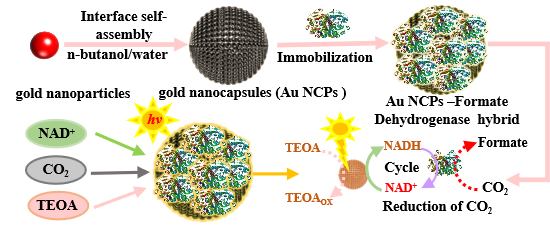Found 19 results
Open Access
Review
07 August 2025Progress in the Study of Transition Metal-Based Carbon Nanotube Composites for Electrochemical Hydrogen Evolution
Hydrogen is an efficient, clean, and economical energy source, primarily due to its remarkably high energy density. Electrolytic water is considered an attractive and feasible method for hydrogen production. The high cost and scarcity of traditional Pt-based catalysts limit their large-scale application. Transition metals (TMs)-based composites, particularly those integrated with carbon nanotubes (CNTs), have emerged as promising alternatives due to their high conductivity, surface area, and ability to enhance the catalytic properties of TMs. Currently, there is no systematic summary of TMs-based CNTs composites for electrochemical hydrogen evolution reaction (HER). In this review, the main synthesis methods, including the wet chemical method, chemical vapor deposition, and electrochemical techniques, were first summarized. Then, the latest advancements of TMs/CNTs composites, focusing on their structure, electronic properties and superior HER catalytic performance, were systematically discussed. The catalytic mechanisms are meticulously examined, with particular emphasis on the pivotal role of CNTs in enhancing charge transfer and stabilizing metal nanoparticles. Finally, this review addresses the current challenges and future development directions for HER catalysts.
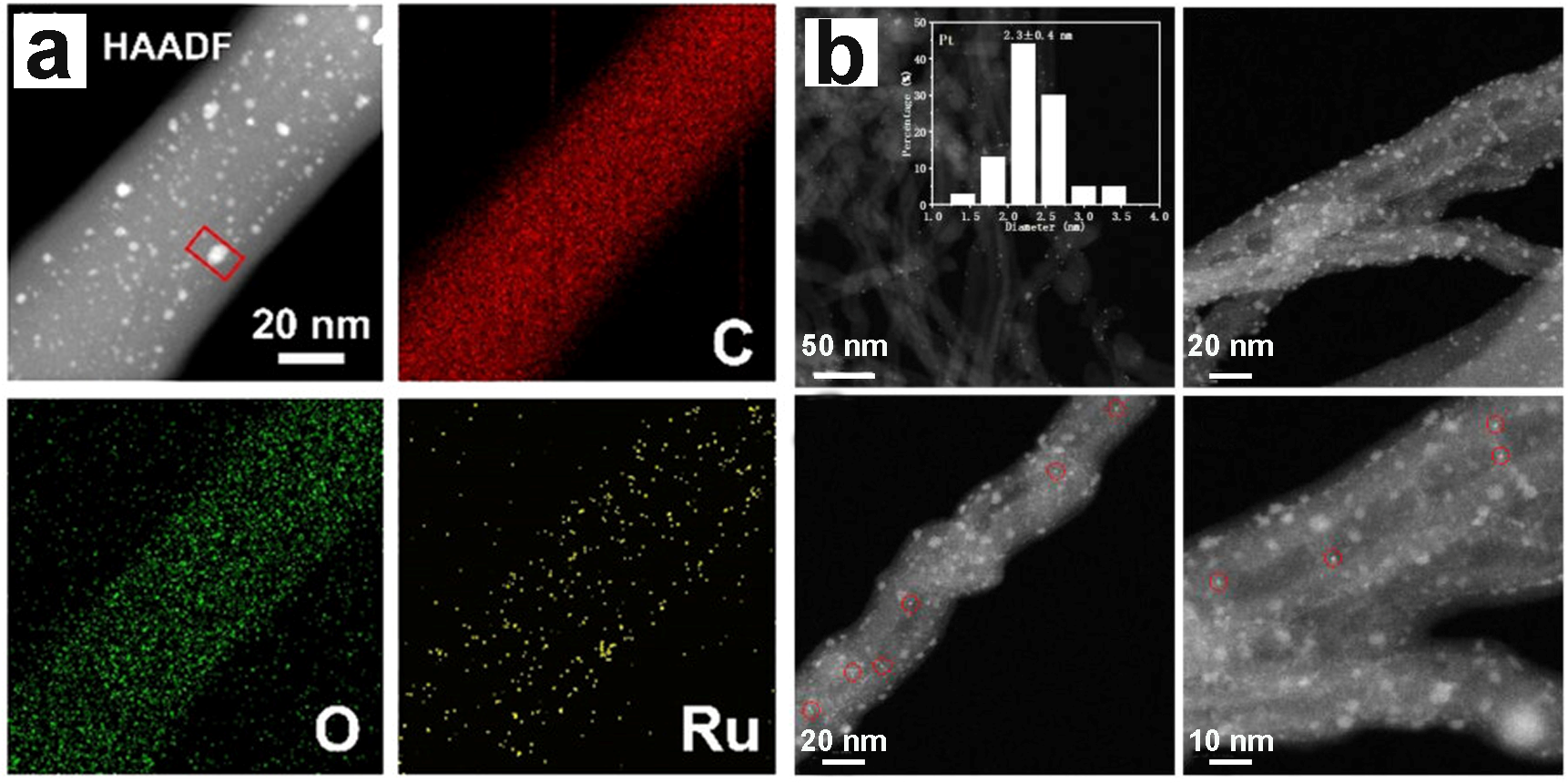
Open Access
Review
21 July 2025Fuel Oil Combustion Pollution and Hydrogen-Water Blending Technologies for Emission Mitigation: Current Advancements and Future Challenges
In recent years, researchers have focused on exploring alternative fuel technologies that enhance engine performance and combustion efficiency while reducing nitrogen oxide (NOx) and particulate matter (PM) emissions. Water-diesel emulsified fuel, which requires no engine modifications, has emerged as a critical pathway for cleaner diesel engine applications. This review systematically examines the combustion characteristics, emission performance, and energy efficiency of emulsified fuels in compression ignition (CI) engines. Studies indicate that compared to conventional pure diesel, emulsified fuels significantly optimize combustion processes through micro-explosion phenomena, shorten ignition delays, and improve combustion efficiency. Notably, NOx and PM emissions are simultaneously reduced, effectively resolving the traditional trade-off dilemma between pollutant reduction targets. Emulsified fuel exhibits comparable power output and fuel consumption rates to those of pure diesel, while delivering enhanced environmental benefits. Additionally, innovative technologies such as hydrogen nanobubbles further enhance combustion dynamics by improving fuel atomization and radical generation, though challenges persist in stabilizing non-aqueous nanobubbles and scaling up production. Despite ongoing advancements in policy incentives (e.g., green hydrogen subsidies) and combustion mechanism research, industrial adoption of emulsified fuels still faces technical hurdles, including equipment corrosion and issues with long-term storage stability issues. In conclusion, water-based emulsified fuels and hydrogen-water blending technologies provide efficient and low-cost transitional solutions for reducing diesel engine emissions, with their multi-component synergistic optimization mechanisms laying a theoretical and practical foundation for future clean fuel development.
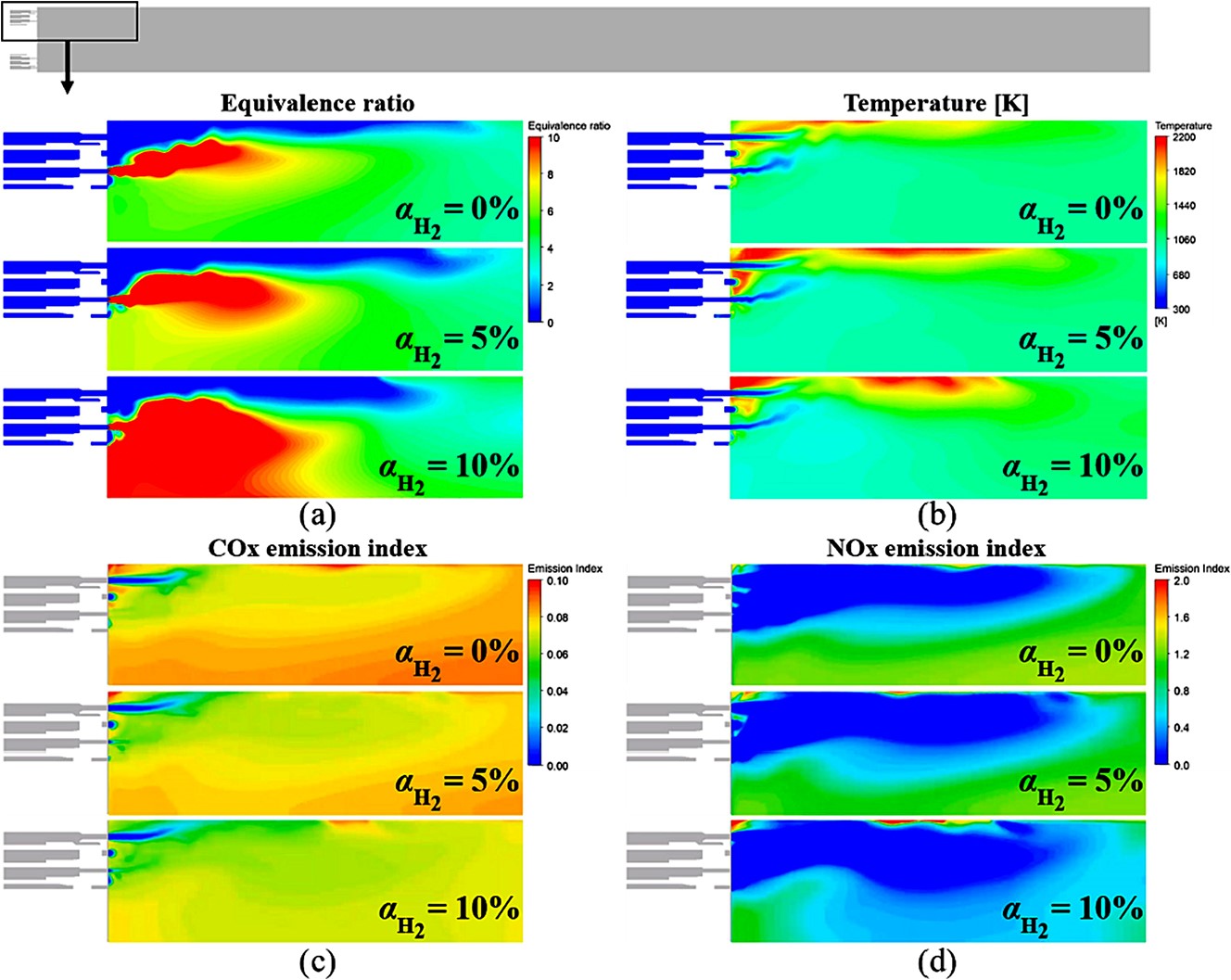
Open Access
Article
15 July 2025Hydrogen Farms Baseline Economic Model
This paper presents a comprehensive economic assessment of hydrogen farms based on two distinct production technologies. The first technology involves the use of alkaline electrolysers, evaluated under two scenarios: integration with 600 MW and 900 MW combined-cycle gas turbine (CCGT) packages. The second technology focuses on proton exchange membrane (PEM) electrolysers, also analysed under the same two CCGT capacity scenarios. Across all four scenarios, the analysis incorporates the inclusion of hydrogen storage systems and a range of critical safety equipment, such as hydrogen detectors and sensors, gas detection control panels, pressure-relief valves (PRVs), flame detectors, fire suppression systems, high-pressure rupture discs, blast-proof walls, and alarm and warning systems. Alkaline electrolysers constitute most of the capital investment in alkaline hydrogen farms. In the case of a farm utilising 600 MW of combined-cycle gas turbines (CCGTs), electrolysers account for approximately 90.48% of the total capital cost of USD 0.8156 trillion, with CCGTs contributing 4.09% and hydrogen storage and safety equipment comprising the remaining 5.43%. For a similar farm equipped with 900 MW CCGTs, the total capital cost is slightly lower at USD 0.8137 trillion, where alkaline electrolysers represent 90.70%, CCGTs 3.86%, and hydrogen storage and safety systems 5.44% of the overall investment. Proton exchange membrane (PEM) electrolysers represent the largest portion of capital investment in PEM-based hydrogen farms. For a configuration incorporating 600 MW combined-cycle gas turbines (CCGTs), PEM electrolysers account for approximately 91.92% of the total capital cost of USD 1.007 trillion, with CCGTs contributing 3.31% and hydrogen storage and safety equipment comprising 4.77%. In comparison, the capital cost for a similar farm with 900 MW CCGTs is slightly lower at USD 1.005 trillion, where PEM electrolysers make up 92.10%, CCGTs account for 3.13%, and hydrogen storage and safety systems remain at 4.77% of the total investment. This study provides a foundational examination for strategic decision-makers during the transition of an economy from oil-based to non-carbon energy exports, alongside achieving zero carbon emissions. The central premise revolves around the provision of environmental performance while simultaneously avoiding economic downturns. It situates the study within Libya’s broader decarbonisation strategy and explicitly includes an additional 470 MW CCGT configuration, expanding the range of system scales assessed. The study adopts a 25-year operational lifespan, applying a cumulative cost approach that integrates both capital expenditure and long-term O&M. It presents lifetime cost figures, USD 1.2166 trillion for the alkaline 600 MW setup and USD 1.3585 trillion for the PEM counterpart, highlighting the scale of investment required. The study also explains the higher operation and maintenance (O&M) burden of PEM systems due to their sensitive components and maintenance demands, while emphasising the cost advantages of alkaline systems and stronger economies of scale when upsized. The study highlights clear differences between PEM and alkaline electrolysis technologies, especially in terms of costs and scalability. Although PEM systems are more expensive upfront—mainly due to their complex materials and shorter operational lifespan—they make better use of space and have a more compact design. On the other hand, alkaline electrolysers, which take up more land, prove to be more affordable both initially and over the system’s lifetime. Notably, scaling alkaline systems from 600 MW to 900 MW shows modest but valuable cost savings, underscoring the impact of economies of scale. These insights are particularly relevant for regions like Libya, where land is not a limiting factor and cost-efficiency is essential for project feasibility.
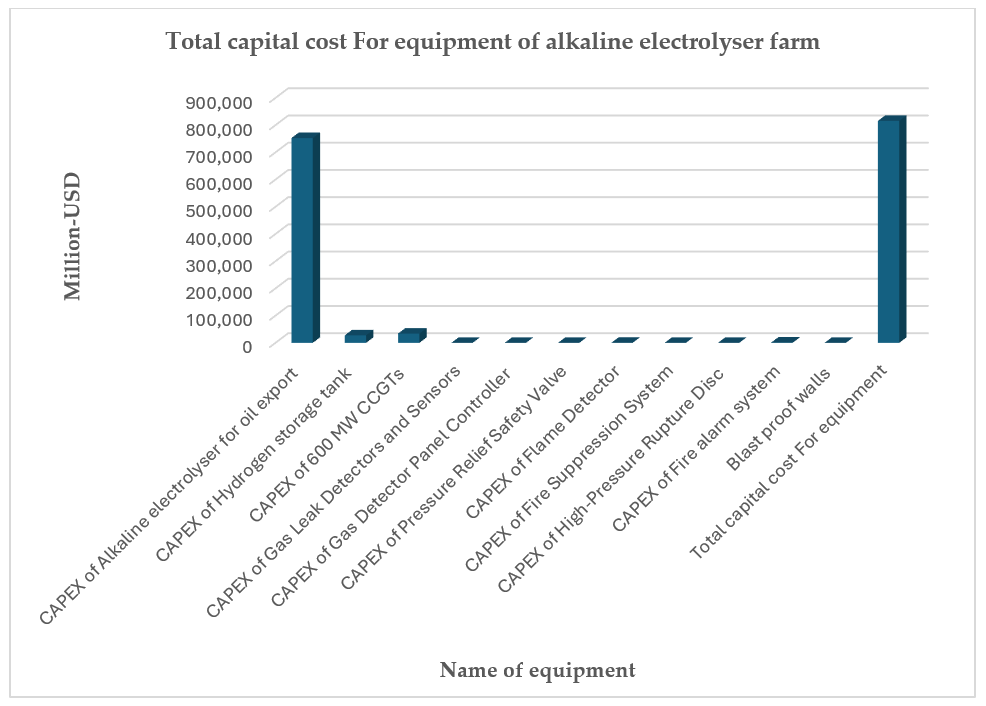
Open Access
Perspective
01 April 2025Perspectives on the Development in the Selective Oxidation of Glycerol to Value-Added Chemicals via Photoelectrocatalysis Coupled with Hydrogen Evolution
Harvesting sunlight to produce clean hydrogen fuel remains one of the main challenges for solving the energy crisis and ameliorating global warming. Photoelectrochemical (PEC) water splitting is considered to be a promising method for H2 production in the future. However, the efficiency still remains challenging due to the sluggish reaction dynamics for water oxidation. Recently, the thermodynamically favorable oxidation of glycerol in PEC systems has gained significant attention for its ability to produce value-added chemicals while simultaneously generating hydrogen. This process not only enhances the yield of high-value products but also minimizes energy consumption and reduces CO2 emissions. Valuable products from glycerol oxidation include 1,3-dihydroxyacetone (DHA), glyceraldehyde (GLD), tartronic acid (TA), formic acid (FA), and glyceric acid (GA). Thus, it is important to improve selectivity and productivity. In this work, we mainly summarize the recent research progress in improving the selectivity and productivity of glycerol upgrading products on the different photoanodes.
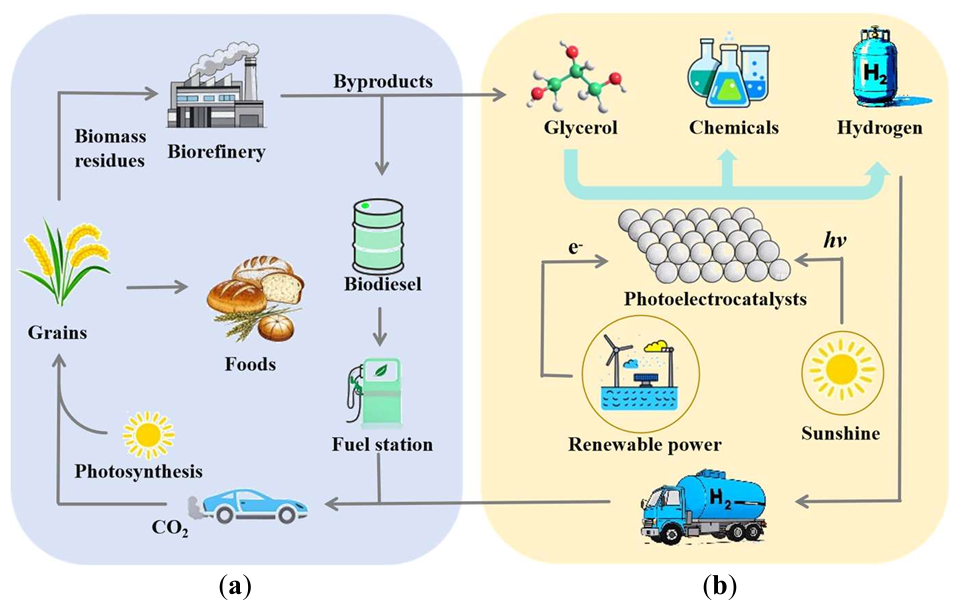
Open Access
Review
24 March 2025Recent Advances and Challenges in Engineering Metabolic Pathways and Cofactor Regeneration for Enhanced n-Butanol Biosynthesis
The biological production of n-butanol has seen renewed interest due to the need for the production of sustainable aviation fuel, for which n-butanol serves as a direct precursor. However, biological production of this alcohol is still limited by the fermentation’s low titers and low yields. Many approaches have been taken to increase n-butanol production, such as using alternative host organisms, utilizing heterologous enzymes for acid reduction and cofactor regeneration, and protein engineering of critical enzymes in the n-butanol production metabolic pathway. This review highlights key achievements made in each of these areas and shows the potential for these approaches in increasing n-butanol production. The review closes by pinpointing the challenges and limitations in these approaches and recommends that the ultimate approach to n-butanol production should inevitably utilize noncanonical redox cofactors to drive metabolic flux for butanol biosynthesis from glucose.
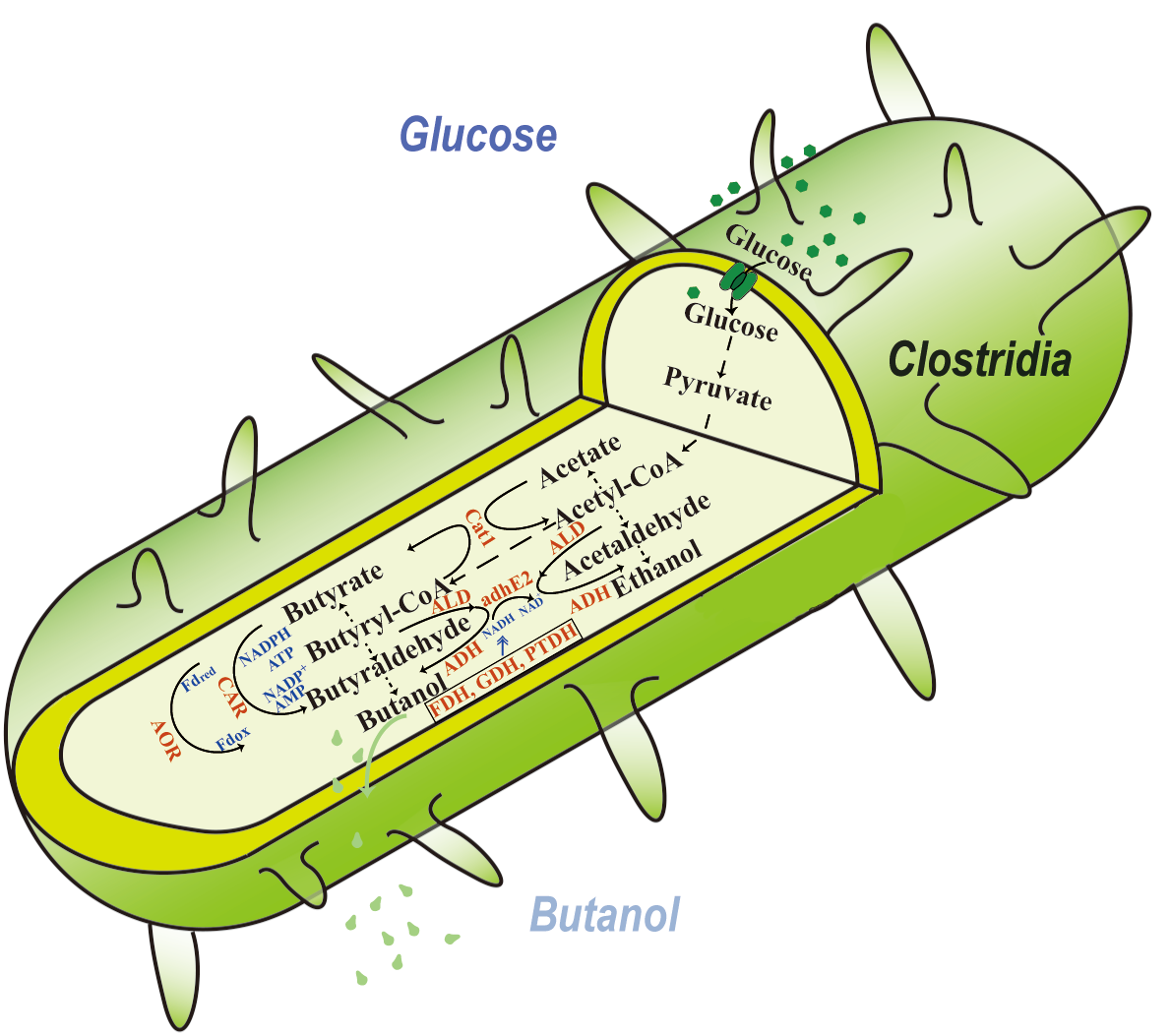
Open Access
Review
14 March 2025Mechanistic Insights into Photocatalytic WO3 for Hydrogen Generation
Growing environmental concerns and the limitations of fossil fuel resources have recently led to increased focus on clean and renewable energy sources. Hydrogen (H2) has gained importance as an alternative clean fuel with its potential to become the primary chemical energy carrier. Photocatalytic hydrogen generation offers a capable solution to the energy crisis and has gained significant attention as a renewable energy solution, offering independence from fossil fuels and zero carbon dioxide emissions. Tungsten oxide (WO3) offers to be a promising photocatalyst for Hydrogen Evolution Reaction (HER) with its ability to tune the band gap, robust absorption in the visible spectrum range, steadiness in harsh reaction conditions, low cost, and reduced toxicity. Various synthetic methods can be employed to fabricate photocatalysts with diverse morphologies, sizes, and structures, all of which significantly influence their catalytic performance to varying extents. This review goals to explicitly highlight and discourse the main properties of WO3 and its modifications for photocatalytic HER via different synthesis methods. Modification in WO3 to its corresponding composites, heterojunctions are explicitly explained in this review.
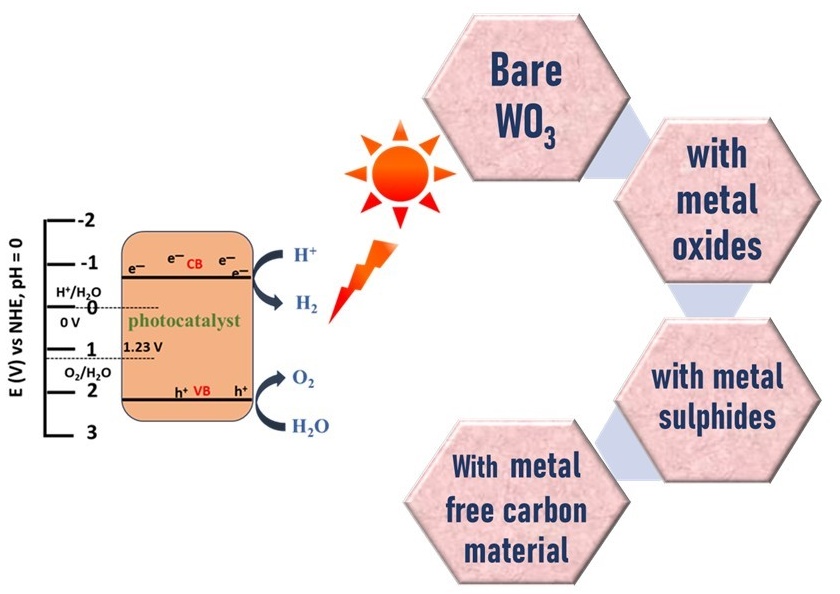
Open Access
Review
07 March 2025Unravelling the Role of Hydrogen Evolution Reaction Co-Catalysts in Photocatalytic Water Splitting: Mechanistic Insights and Material Strategies
The reliance on fossil fuels has led to a substantial increase in greenhouse gas emissions, presenting a critical environmental challenge. Addressing this issue necessitates the adoption of alternative renewable energy sources, with green hydrogen emerging as a promising candidate due to its high gravimetric energy density and absence of harmful emissions. Among the various hydrogen production techniques, photocatalytic technology has garnered significant attention for its dual potential to produce green hydrogen and degrade pollutants, thereby addressing both energy and climate crises. Efforts to scale photocatalytic technology for industrial applications have identified cocatalyst integration as a pivotal strategy, as it enhances reaction kinetics by lowering the activation energy and mitigating charge carrier recombination. This review comprehensively examines the hydrogen economy, the underlying principles of photocatalysis, recent technological advancements, key factors influencing photocatalytic reactions, the role of catalysts in hydrogen evolution reaction (HER) surface mechanisms, strategies for cocatalyst optimization, and future directions for the field.
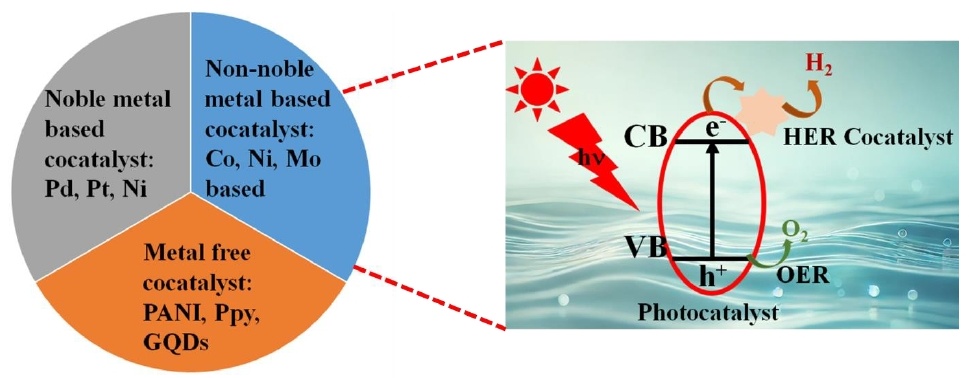
Open Access
Perspective
31 December 2024
Offshore Renewable Energy Advance
Offshore renewable energy generation has become an important means to address the energy crisis and climate change, which has gained widespread attention in recent years. This article presents classic domestic and international cases that introduce the development and industrial transformation of generation technologies for offshore wind, offshore photovoltaics, ocean wave energy, tidal energy and temperature difference energy. Offshore power generation projects face challenges in design, safety, long-term operation and economic feasibility. Offshore renewable energy generation is gradually moving towards industrialization, and is expected to become a key component of global energy supply in the future with technological advancements and policy support, providing strong support for tackling climate change and achieving sustainable development goals.

Open Access
Article
18 December 2024EU Energy Law: Insufficient for the 1.5-Degree Celsius Limit—The Examples of EU Emissions Trading and Hydrogen Policies
This article examines the extent to which the current EU climate protection law fulfils the 1.5-degree limit from Article 2 of the Paris Climate Agreement. To this end, a qualitative governance analysis is applied. On this methodological basis, the main instrument for fossil phasing-out—the emissions trading scheme—and the promotion of hydrogen are discussed as examples. The results show that the EU must further intensify its efforts on its territory and cooperate with other countries since the reformed ETS 1 and ETS 2, the SCF and the CBAM are not sufficiently effective to stay within the 1.5-degree limit of the Paris Agreement. This is also the case with regard to hydrogen policies. The primary focus of energy law on the ETS is therefore fundamentally convincing; however, it should be implemented more consistently, for example, in terms of the breadth of the approach, closing loopholes and the level of ambition.
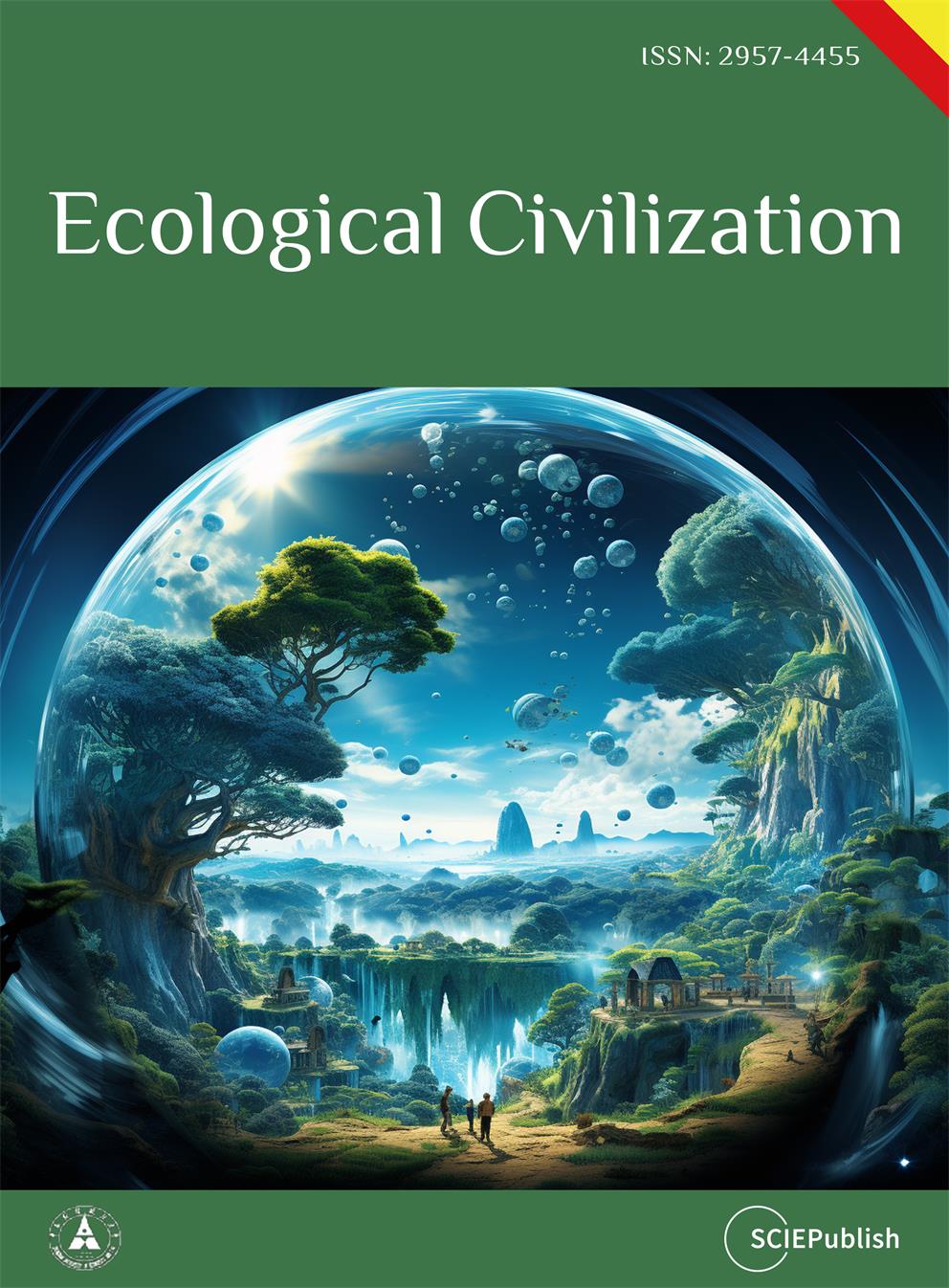
Open Access
Article
27 November 2024Photocatalytic CO2 Fixation into Formate under Visible Light by the Photo-Enzyme Hybrid of Gold Nanocapsules and Formate Dehydrogenase
The photo-enzyme hybrid system presents a promising approach for the selective conversion of CO2 into valuable chemicals. However, its high dependence on the expensive coenzyme nicotinamide adenine dinucleotide reduced form (NADH), coupled with the need for external electron mediators and highly active photocatalysts, limits its widespread application. Here, we developed a gold nanocapsule—formate dehydrogenase (FDH) hybrid system for in situ NADH regeneration to facilitate the light-driven conversion of CO2 to formate. The results demonstrated that gold nanocapsules (Au NCPs), in conjunction with triethanolamine (TEOA), protected 83.67% of NADH from photodegradation. Under light-driven conditions with TEOA as the electron donor and without external electron mediators, the Au NCPs catalyzed in situ NADH regeneration, achieving a regeneration yield of 22.65%. This process aided FDH in reducing CO2 to formate, resulting in a production rate of 67.40 µmol/L/h. This research provides valuable insights for developing photo-enzyme hybrid systems that efficiently convert CO2 without the need for external electron mediators.
